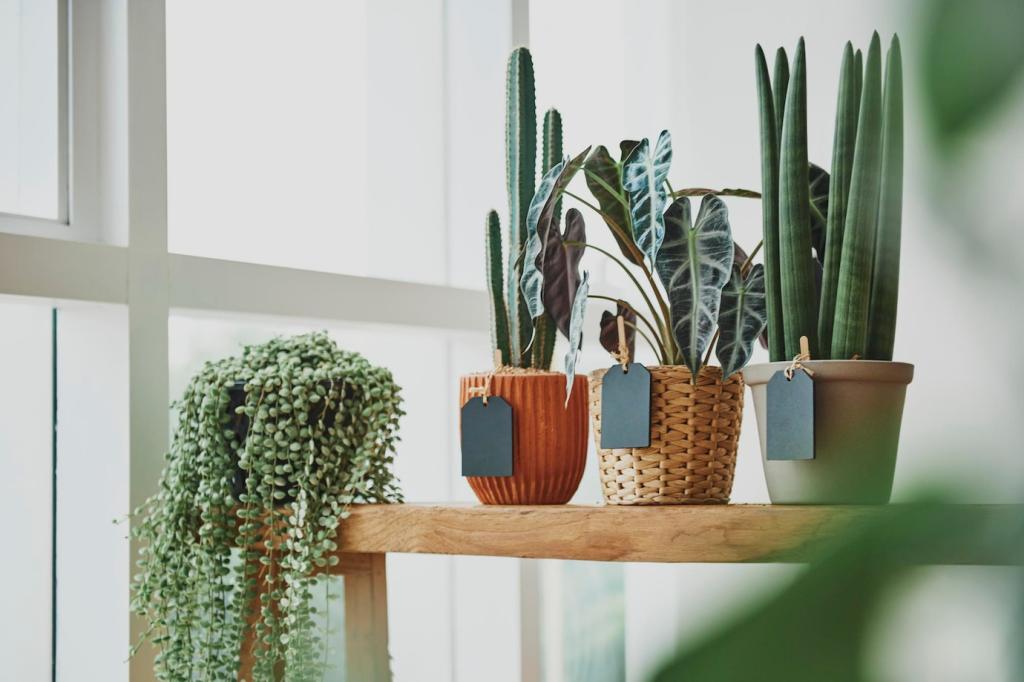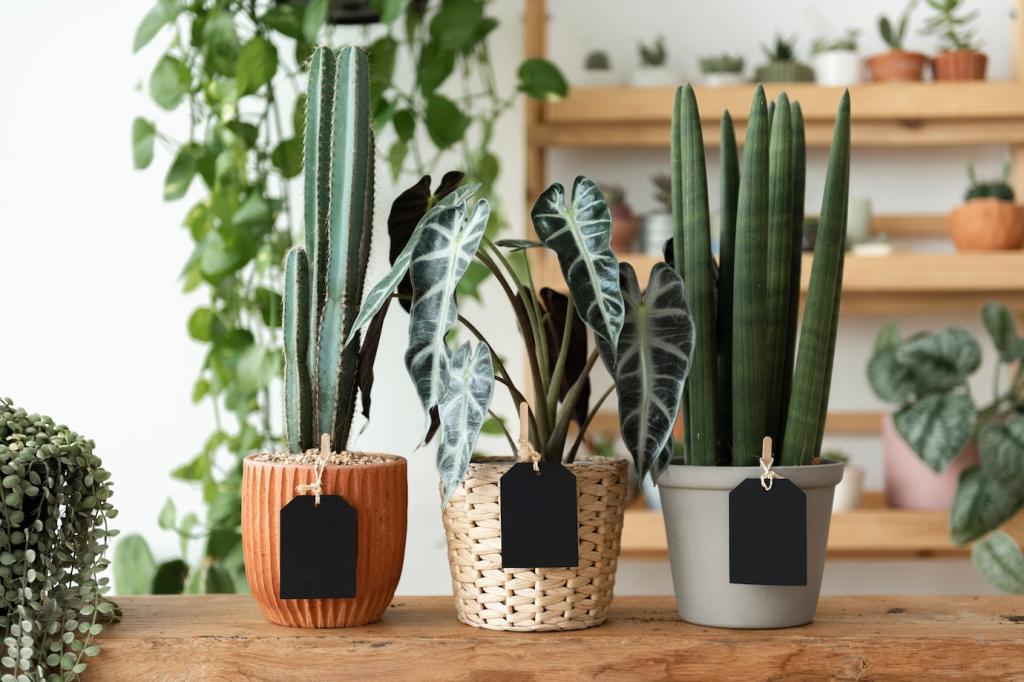Stories from Real Homes
Jess and Amir painted their nursery with mineral paint on a Saturday morning. By bedtime, the room felt fresh—no chemical smell, just gentle color. They slept better knowing the crib and walls weren’t quietly off-gassing into the night.
Stories from Real Homes
Maya used limewash in her rental, loving its cloudlike texture and easy touch-ups. No harsh fumes meant she could keep the windows open, play music, and invite a friend to help. The space looked bigger, calmer, and genuinely personal.



